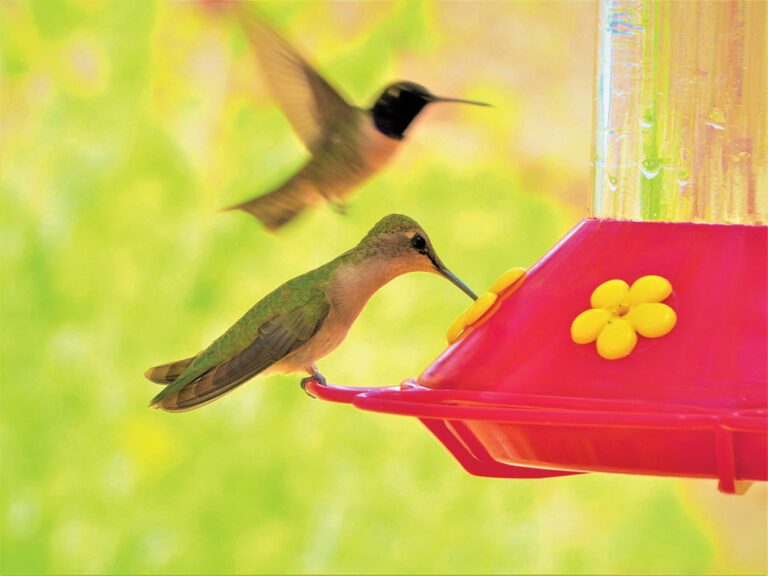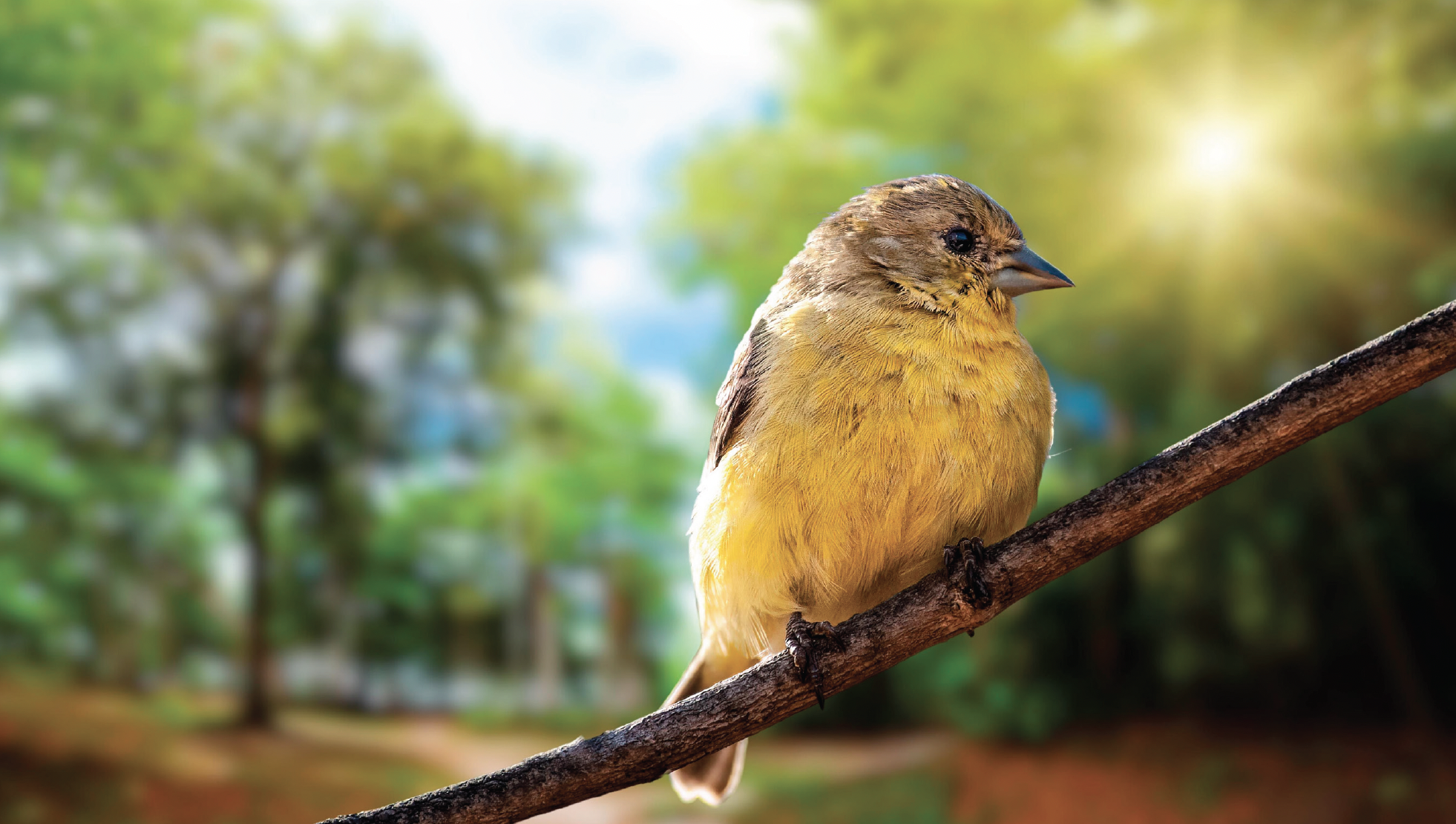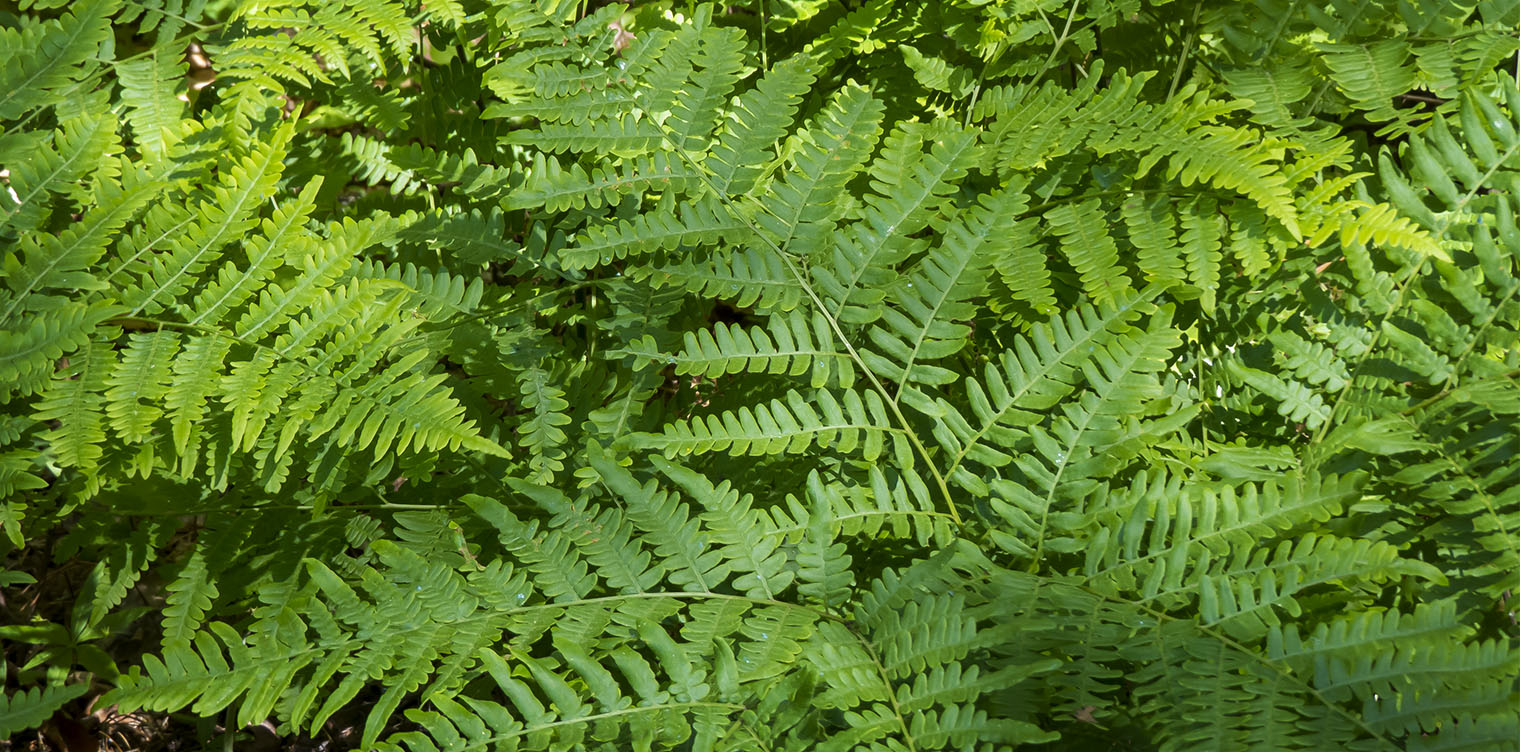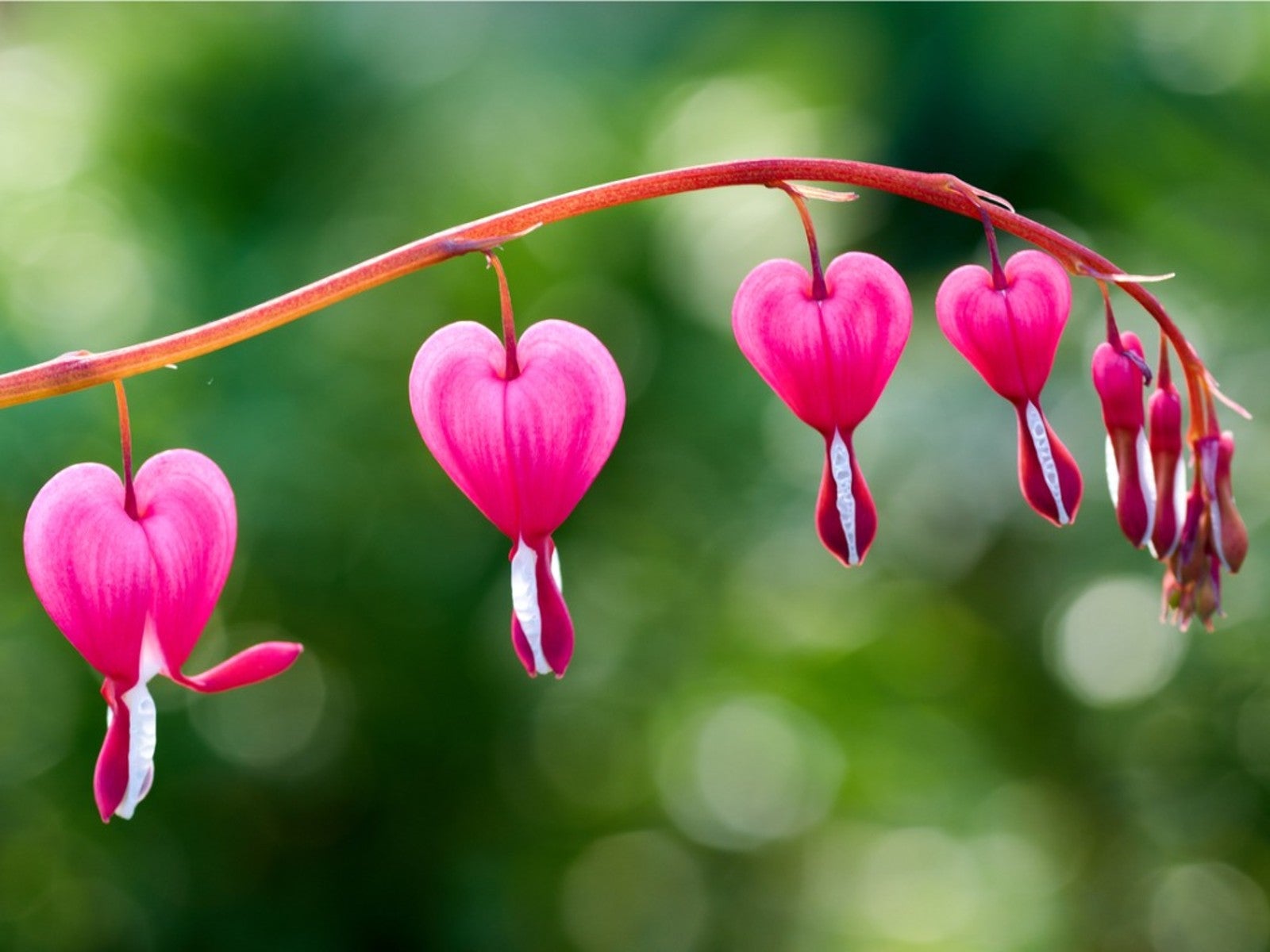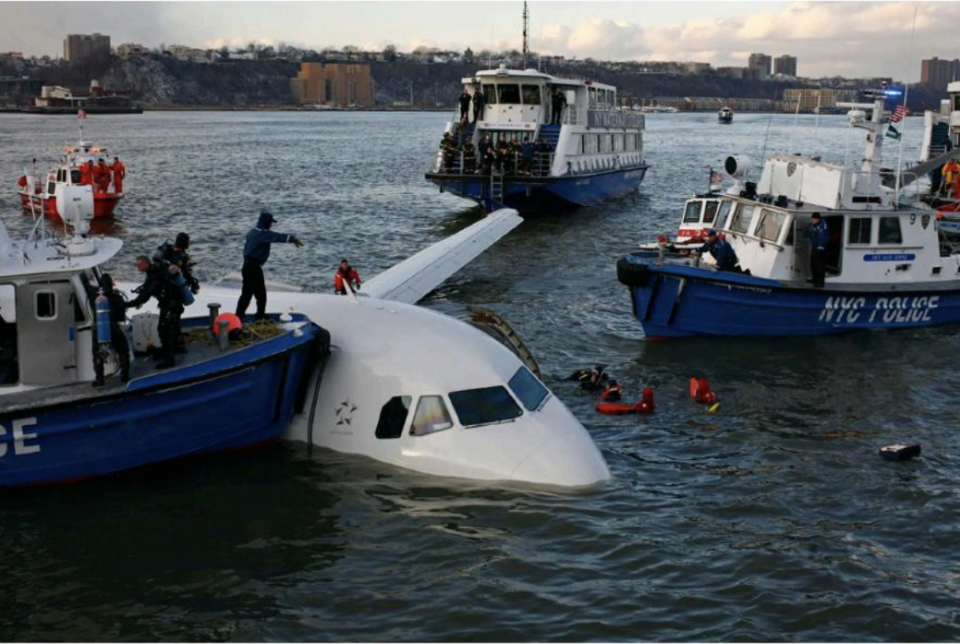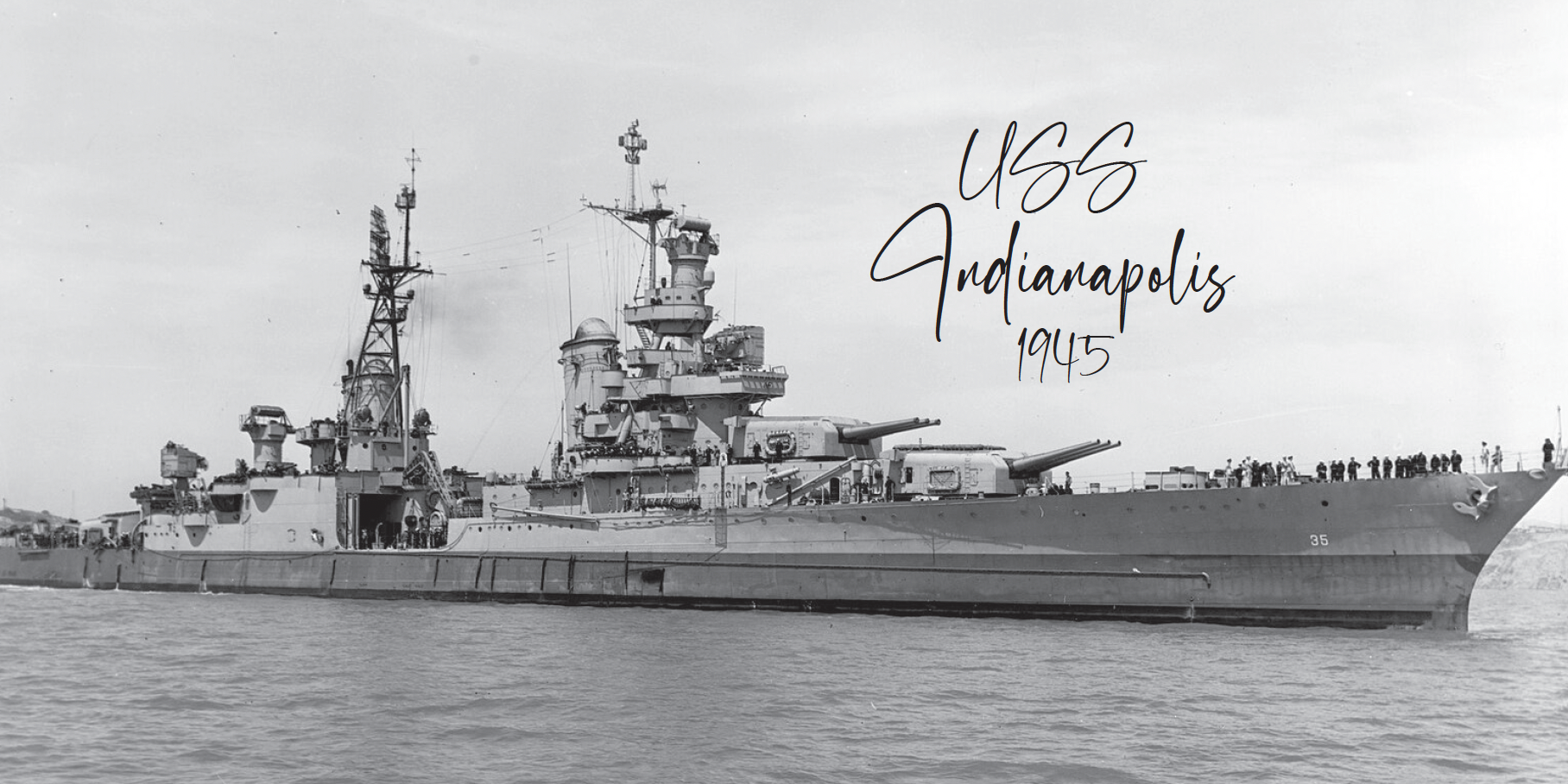Written by Gayle Fisher
Outside the sunroom, I have a patch of Anise Sage (salvia guaronitica) planted. While having a cup of coffee in the morning, I love to see the hummingbirds come to feed on this tall blue plant. This perennial has deep blue flowers that bloom from summer to late fall. Salvia needs full sun or light shade and well drained, evenly moist soil. Very rich soil can cause these tall plants to flop. These are really tall plants; they can grow up to 6 feet tall. They are also quite drought tolerant once established.
You should plant Anise Salvia in early spring. This sage combines beautiful flowers with aromatic foliage and has the square stem of the mint family. They form broad mounds that are as large as they are tall. Give them at least four feet to grow into. They enjoy a feeding of balanced fertilizer in the spring. You should mulch to keep the weeds at bay and moisture even. They rarely need staking but can lean toward the sun if they are in the shade. You can cut this perennial to the ground in the fall after a frost or wait until spring if the naked stalks do not bother you.
A friend gave me a clump of this plant last year, and I divided it into four sections. It is now about four feet tall and three feet around. Division is only necessary when the center begins to look thin. I thought that hummingbirds only saw red, but they must be able to see this blue, because they come every day going from one plant to another sipping the sweet nectar.
Hummingbirds can fly up, down, right, left and even upside down. When hovering, they hold their bodies upright, and their wings beat in a shallow figure-eight. Most hummingbirds beat their wings about 53 times a second. All I can see is a blur.
Hummers have a high body temperature and fast heart rate. They must feed about every ten minutes. The major part of this small bird’s diet is sugar from flowers and tree sap. We have witnessed as many as six different birds eating at one time. Sometimes they seem to be chasing each other and doing fancy dives like a WWII bomber. Danny thought that they were mating, but we did a little research and decided they were fighting for territory and food.
There are 328 species of hummingbirds, and I bet they all like salvia. Their bills are long and tapered to fit perfectly into the tubular salvia flowers. Other plants that are good nectar sources are pineapple sage, cardinal flower, butterfly bush, Bee balm, penstemon, native trumpet creeper and cypress vine. Ruby-throated hummingbirds migrate to Mexico via the East Coast and Gulf States. Hummingbirds live on the average of four years, but there are records on some living to be twelve. Think of the miracle living for 4 years with those tiny wings beating 52 times per second. Amazing! They also remember food sources from previous years, so if they enjoyed your yard this year, they will be back next spring.
I have lots of friends who feed hummingbirds thru the summer months. They put out their hummingbird feeder when the hummers arrive in April and keep it filled until they leave for Mexico in October. If you have been artificially feeding these little helicopters, don’t worry about them staying. They will migrate because of hormonal changes due to the decrease in the length of daylight. There is nothing you can do to make them stay. In fact, fall is a good time to continue feeding since they need to double their body weight for their trip to the land of the Incas.
We also experience another migration going south for the winter. The Snowbirds come through in the fall. They seem to be looking for coffee instead of sugar water. These “snowbirds” get to Florida before Christmas and then return to deepest darkest Yankee land in the spring. Our job is to give them a meal and maybe a night’s rest as nature makes them complete this migratory cycle.
Hummingbird sugar water for feeder
¼ cup of sugar
1 cup of water
Boil for 3 minutes
Add red coloring if desired






